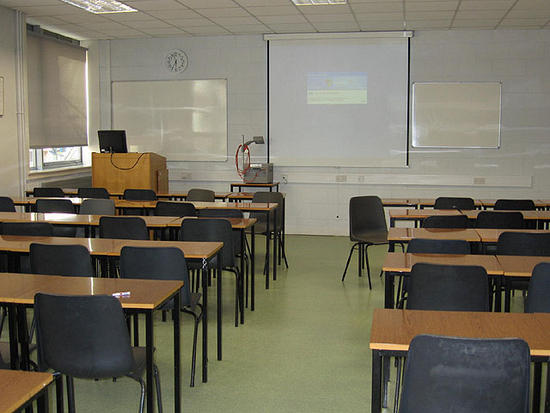Layers of Dissent: The Meaning of Time Appropriation
DOI:
https://doi.org/10.7146/ocps.v13i1.2938Keywords:
resistance, labor, work, critical theoryAbstract
Within Critical Management Theory as well as Critical Theory the possibility of individuals resisting taken for granted power asymmetries remains a highly debated subject. Intensified corporate culture programs seem to imply that within the sphere of labor, worker dissent is loosing ground. Based on a large interview material of critical cases, this notion is challenged. The interviewees mainly represent white-collar employees who spend more than half of their working hours on private activities. Studying the objectives and political ambitions behind their extensive recalcitrance reveals a range of intentional structures that result in the same activity: time appropriation. First, time appropriation may be the effect of framed dissent; a dissent intertwined with politically framed indignation. Second, the recalcitrance may spring from direct dissent in which personal indignation is the driving force whereas political formulations are not as prominent. Third, the activity of not doing your work while at work can be the effect of withdrawal in which case there is no motive other than avoiding work. Fourth, time appropriation may also be a (sometimes involuntary) consequence of adjustment: This occurs when the employee does not receive enough work assignments to fill the working day. I conclude by suggesting that the processes and leaps between these layers of dissent should be further studied.
Downloads
Published
How to Cite
Issue
Section
License
From issue no. 1 2022 and onward, the journal uses the CC Attribution-NonCommercial- Share Alike 4.0 license (https://creativecommons.org/licenses/by-nc-sa/4.0/) The authors retain the copyright to their articles.
The articles published in the previous 37 issues (From Vol. 1, no. 1, 1999 to Vol. 22, No. 1, 2021, are published according to Danish Copyright legislation. This implies that readers can download, read, and link to the articles, but they cannot republish these articles. The journal retain the copyright of these articles. Authors can upload them in their institutional repositories as a part of a green open access policy.




